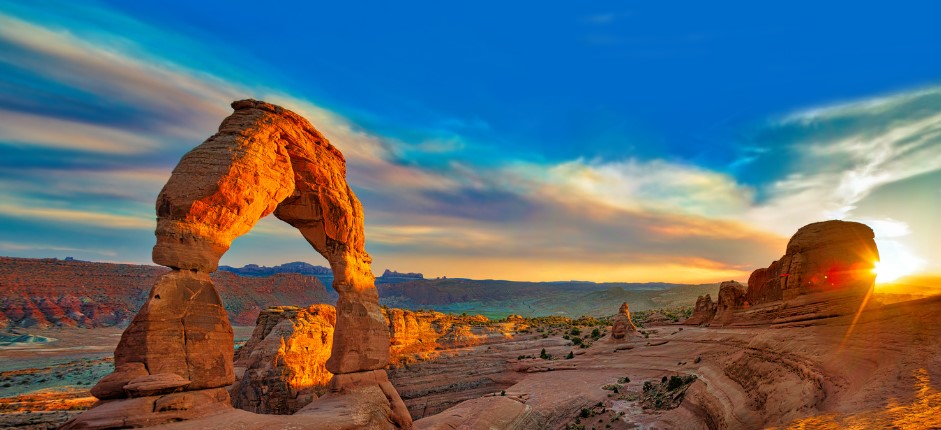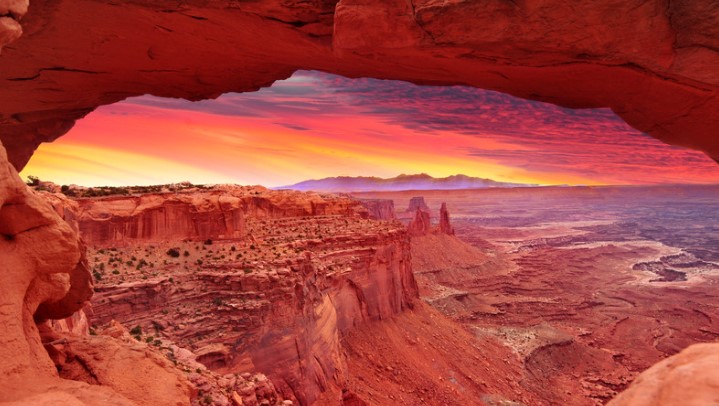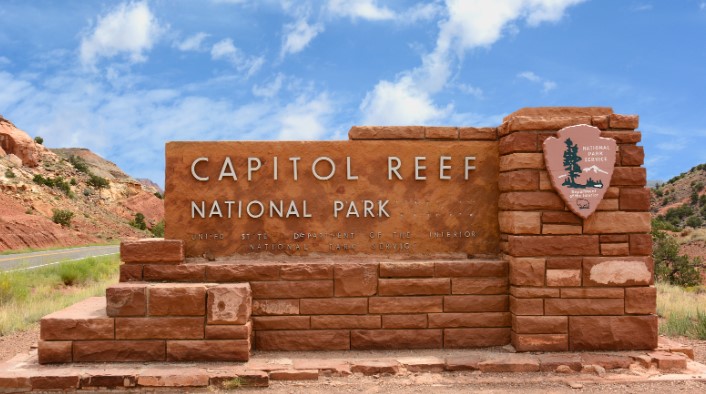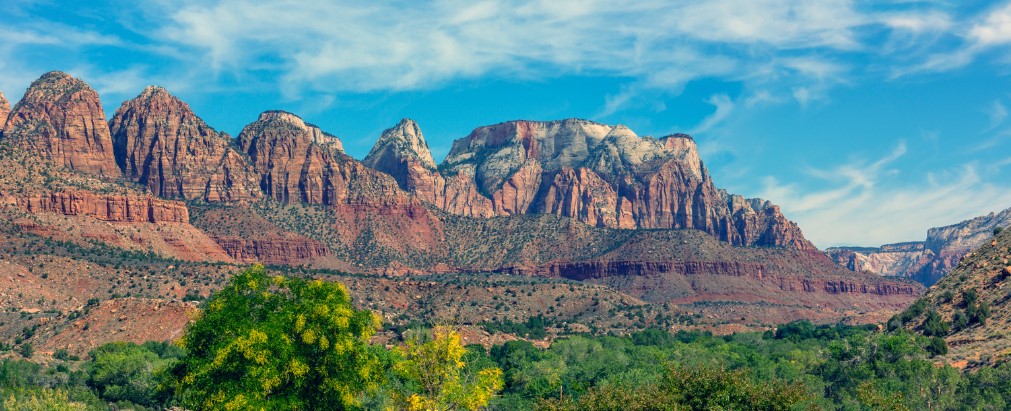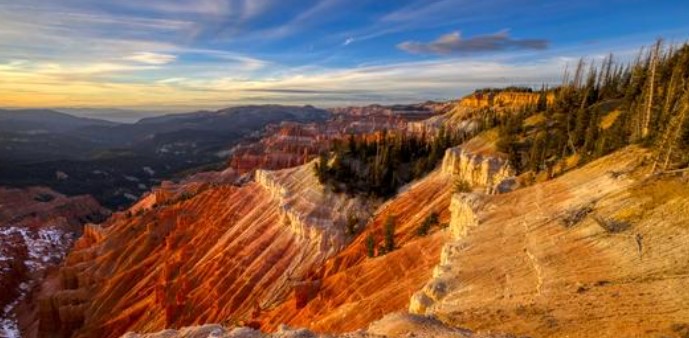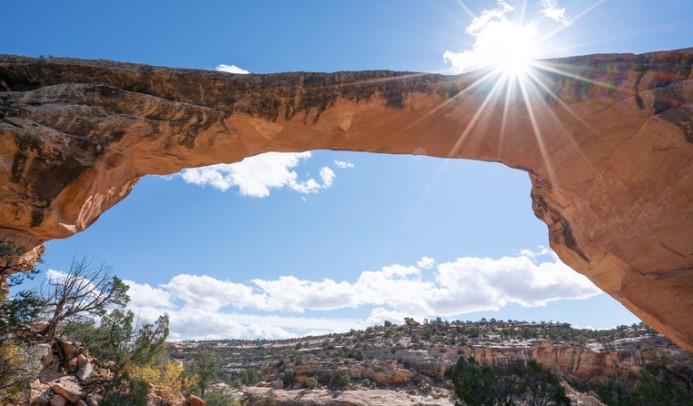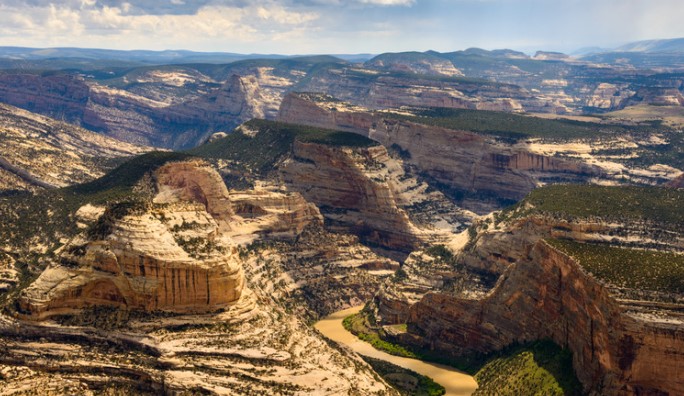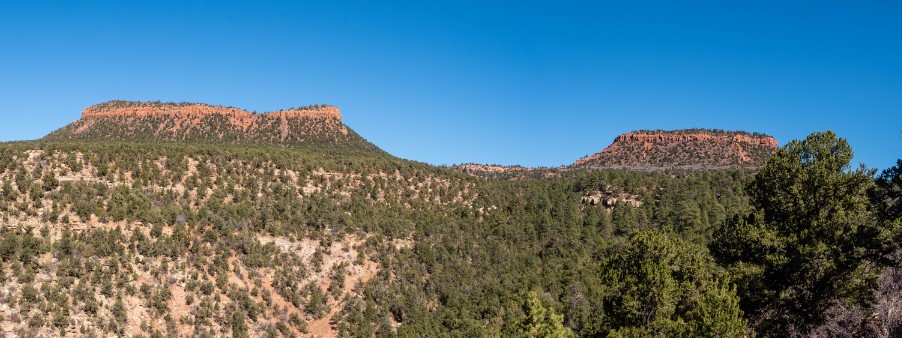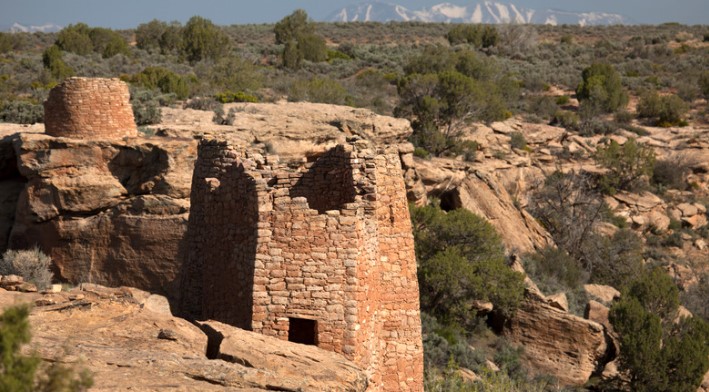Discovering Utah: A Comprehensive Guide to Its Breathtaking National Parks and Natural Wonders
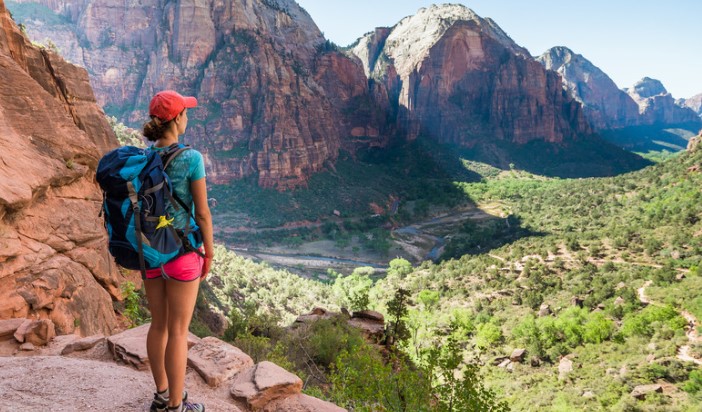
Imagine a place where massive rock formations touch the sky and colorful canyons stretch as far as the eye can see. This magical place is Utah, a state bursting with diverse landscapes. Utah’s beauty takes many forms, from the deep valleys of Zion Canyon to the tall sandstone arches near Salt Lake City. But what makes Utah even more special are its national parks.
These parks, like Zion National Park and Arches National Park, are treasures that help protect and showcase the state’s stunning views and unique natural wonders. By preserving these places, we keep the breathtaking beauty of Southern Utah safe for future generations.
Whether you’re on a scenic drive, stopping at famous viewpoints like Sunset Point, or just taking a moment to admire a license plate featuring Utah’s iconic scenes, you will be amazed. So, let’s dive into the world of the best national parks in Utah and discover why they’re so important!
Utah’s “Mighty 5” National Parks: A Glimpse into Nature’s Marvels
1. Arches National Park:
Just a short drive from Moab, Utah, you’ll find the mesmerizing Arches National Park. As the name suggests, this park is home to over 2,000 natural arches, and each one is a sight to behold!
Location: Near Moab, Utah.
Highlight Features:
- Delicate Arch: This is the most famous arch in the park and maybe even in the world. Standing tall and proud, it’s a must-visit spot for anyone coming to Utah.
- Landscape Arch: With its long and lean structure, it’s a wonder how this arch stays up. It’s one of the most extended arches in the world!
- Balanced Rock: This giant rock defies gravity as it balances on a tinier base. A natural wonder makes you question how it’s even possible.
Activities:
- Hiking: With trails leading to many of the park’s famous arches and rock formations, there’s no better way to explore than on foot. Whether you’re a beginner or an expert hiker, there’s a trail for everyone.
- Star Gazing: Away from city lights, the night sky in Arches is breathtaking. On a clear night, you can see thousands of stars, making it a perfect spot for stargazing.
- Photography: With its epic views and stunning scenery, Arches is a photographer’s dream. From sunrise at Delicate Arch to the cool afternoon shadows, there’s always a perfect shot waiting to be captured.
Best Time to Visit:
The park is beautiful year-round, but the best times are Spring and Fall. During these seasons, the weather is cooler, making hikes more enjoyable, and the park isn’t as crowded as in the peak summer months. The changing landscape colors in these seasons add a special touch to the beautiful views.
So, if you’re planning a Utah National Parks road trip, ensure Arches National Park is on your list. Its natural beauty, engaging activities, and breathtaking rock formations make it a top destination for nature lovers.
2. Bryce Canyon National Park:
Journey further into Southwestern Utah and discover another gem: Bryce Canyon National Park. Unlike any other place on earth, this park is a wonderland of peculiar rock formations and vibrant colors that will capture your heart.
Location: Southwestern Utah.
Highlight Features:
- Hoodoos: These are the stars of Bryce Canyon. Tall, thin spires of rock, formed by thousands of years of erosion, rise majestically from the canyon floor. Depending on how you look at them, they remind you of fairy-tale castles or even people.
- Bryce Amphitheater: This is the heart of the park and the best place to see a vast concentration of hoodoos. Its vast expanse and beautiful views make it a must-see for every visitor.
- Sunrise Point: If you’re an early riser, this is the place to be. The sun’s first rays lighting up the hoodoos are a sight you’ll never forget. Plus, the viewpoint offers one of Utah’s most beautiful desert views.
Activities:
- Hiking: Trails like the Navajo Loop and Queens Garden Trail take you up close to the famous hoodoos and offer beautiful views of the Bryce Amphitheater.
- Horseback Riding: For a different perspective, saddle up and explore the park on horseback. It’s an experience straight out of an old Western movie!
- Winter Snowshoeing: Believe it or not, Bryce Canyon gets snow! In the winter, the park transforms into a snowy wonderland. Grab some snowshoes and explore a whole new side of the park.
Best Time to Visit:
Spring and Fall are ideal for exploring Bryce Canyon. The temperatures are just right – not too hot or cold – and the park’s scenic drives and hiking trails are at their best. Plus, the colors of the landscape during these times, from the fresh green of spring to the golden hues of fall, make the park even more enchanting.
In short, Bryce Canyon National Park is not just a destination; it’s an experience. From the unique hoodoos to the panoramic views from Sunrise Point, every corner of this park promises adventure and awe-inspiring beauty. Take advantage of one of the best national parks in Utah on your next trip!
3. Canyonlands National Park:
Continuing our adventure through Utah’s national parks, let’s head to another awe-inspiring destination: Canyonlands National Park. Just a stone’s throw away from Moab, Utah, this vast park is a maze of canyons, mesas, and rivers that will take your breath away.
Location: Near Moab, Utah.
Highlight Features:
- Island in the Sky: As the name suggests, this is a high plateau with panoramic views of the vast landscape below. From here, you can see the winding Colorado River, the vast canyon walls, and even other parts of the park like The Needles.
- The Needles: Named for their sharp, pointed shapes, these sandstone spires rise from the ground, creating a stunningly unique landscape. It’s like walking on an alien planet!
- The Maze: This is one of the most remote areas in the park. It’s a complex area of canyons that genuinely lives up to its name. It’s perfect for those seeking solitude and adventure.
Activities:
- White-water Rafting on the Colorado River: The Colorado River runs through Canyonlands, offering adventurous souls the chance to tackle its rapids. With the canyon walls rising around you, it’s an experience.
- Hiking: Trails lead to some of the park’s most beautiful spots, like Mesa Arch or the Green River Overlook. Whether you’re looking for a short walk or a challenging trek, there’s something for every hiker here.
- 4×4 Off-road Driving: Want to see the park’s rugged beauty up close? Hop into a 4×4 vehicle and explore the dirt roads of Canyonlands. It’s a thrilling way to see the park’s diverse landscapes.
Best Time to Visit: Like the other parks, Spring and Fall are the best times to visit Canyonlands. The weather is pleasant, and you can enjoy the park’s activities without the summer heat or winter chill. The changing landscape colors, from the blooming wildflowers in spring to the fiery foliage in fall, add an extra layer of beauty to the park.
To summarize, Canyonlands National Park is a testament to nature’s power to sculpt incredible landscapes over time. Its vast canyons, towering spires, and the mighty Colorado River make it a must-visit on any Utah National Parks road trip.
4. Capitol Reef National Park:
As we continue exploring Utah’s incredible landscapes, we arrive at Capitol Reef National Park. Nestled in south-central Utah, this less-visited gem boasts a range of geologic wonders and a touch of history that makes it stand out.
Location: South-central Utah.
Highlight Features:
- Waterpocket Fold: A striking geologic feature, the Waterpocket Fold is a nearly 100-mile-long wrinkle in the Earth’s crust. This massive ridge, filled with cliffs, canyons, and domes, showcases layers of golden sandstone, canyons, and unique rock formations.
- Hickman Bridge: A natural arch that stands tall amidst the park’s landscape, Hickman Bridge offers a relatively easy hike that culminates in a stunning viewpoint of the bridge itself.
- Historic Fruita Orchards: Stepping into Fruita is like stepping back in time. This historic settlement, now part of the park, is renowned for its lush orchards. Established by pioneers in the 19th century, these orchards continue to bear fruit to this day.
Activities:
- Hiking: Capitol Reef offers numerous hiking opportunities, from easy walks like the one to Hickman Bridge to more challenging treks that take you deep into the Waterpocket Fold.
- Scenic Drives: For those looking to explore the park’s beauty from the comfort of their car, the scenic drives here are a treat. They offer panoramic views of the park’s diverse landscapes, from the Waterpocket Fold to the beautiful vistas of Cathedral Valley.
- Fruit Picking in Season: An activity unique to Capitol Reef, visitors can pick fruits like apples, cherries, and peaches from the historic orchards in Fruita during specific seasons. It’s a delightful experience that combines nature and history.
Best Time to Visit:
As with most national parks in Utah, Spring and Fall are the prime times to visit Capitol Reef. During these seasons, the temperatures are moderate, making it comfortable to explore. Plus, if you time your visit right in the Fall, you might experience the joy of fruit picking in the historic orchards.
In a nutshell, Capitol Reef National Park offers a perfect blend of natural beauty and historical significance. It’s a place where you can marvel at the wonders of nature while also getting a taste of Utah’s rich history, making it an essential stop on any Utah National Parks itinerary.
5. Zion National Park:
Last but certainly not least, on our journey through Utah’s majestic wilderness is the iconic Zion National Park. As one of the best national parks in Utah, Zion is a testament to the sheer power of nature, sculpting magnificent canyons and cliffs over millennia.
Location: Near Springdale, Utah.
Highlight Features:
- Zion Canyon: This massive canyon, carved by the Virgin River, showcases high cliffs and many colors, reflecting its geological history.
- Angel’s Landing: For those seeking a thrill, Angel’s Landing offers one of the most exhilarating hikes in the park. The views at the summit are unparalleled.
- The Narrows: This is one of the most famous slot canyons in the world. Hikers can wade through the Virgin River, surrounded by tall canyon walls.
Activities:
- Hiking: Zion offers many trails, catering to both novices and experienced hikers. The Riverside Walk, for instance, is a gentle trail perfect for families, while Observation Point challenges seasoned hikers with its elevation gain.
- Horseback Riding: Experience Zion’s beauty from a unique vantage point. Guided horseback rides allow visitors to venture into areas less traveled by foot.
- Photography: The park’s diverse landscapes, from its towering cliffs to serene riverbeds, make Zion a paradise for photographers.
Best Time to Visit:
Spring and Fall are ideal for visiting Zion National Park. The weather during these months is pleasant, and the park is adorned with vibrant foliage, especially in the Fall. It’s a perfect backdrop for an array of outdoor activities.
In conclusion, Zion National Park is a crown jewel in Utah’s vast wilderness. Its breathtaking landscapes, thrilling hikes, and serene ambiance make it a favorite among many. Whether gazing up at the massive sandstone cliffs of Zion Canyon, trekking to the top of Angel’s Landing, or capturing the park’s beauty through your camera lens, Zion promises an unforgettable experience on any Utah National Parks road trip.
Beyond The Mighty Five: Exploring Utah’s Other Natural Wonders
While the “Mighty 5” are undoubtedly Utah’s most famous national parks, the state boasts numerous other breathtaking natural spots worth your time. Utah’s diverse landscapes extend far beyond big names like Zion and Arches. From towering natural bridges to remnants of ancient civilizations, there’s much more to explore.
1. Cedar Breaks National Monument:
Many might overlook a hidden gem just a short drive from Cedar City. The Cedar Breaks National Monument showcases a vast natural arena dotted with vibrant-colored spires, cliffs, and canyons. Winter road trip enthusiasts might find the snow-covered landscape here an absolute treat.
2. Grand Staircase-Escalante National Monument:
Covering nearly a million acres of land, the Grand Staircase-Escalante beckons with its plateaus, cliffs, and canyons. A scenic drive here can leave you with stunning views that rival any of Utah’s more famous parks.
3. Natural Bridges National Monument:
Imagine walking in a place with the world’s densest concentration of natural bridges. Yes, it’s real! At Natural Bridges National Monument, the power of water erosion over centuries has carved out some of the most spectacular natural bridges you’ll ever see. And if you’re into stargazing opportunities, you’re in for a treat.
4. Dinosaur National Monument:
Ever been curious about prehistoric times? The Dinosaur National Monument, straddling the Utah-Colorado border, is a window to the past. With a rich collection of dinosaur bones and fossils, it’s like stepping into a Jurassic park, minus the live dinosaurs!
5. Bears Ears National Monument:
Located in southeastern Utah, Bears Ears is not just about the landscape; it’s about history. With its plateaus and canyons, this national monument is a testament to its rich cultural significance for Native American tribes.
6. Hovenweep National Monument:
Perched on the Utah-Colorado border, Hovenweep offers a journey through time. Here, you can witness six ancient Puebloan-era villages that stand as a testament to civilizations of the past.
While the “Mighty 5” national parks might be the poster children of Utah’s scenic beauty, it’s evident that there’s so much more to the state. Whether you’re keen on diving deep into history, exploring stunning landscapes, or enjoying a serene drive, Utah promises something for every traveler. So, remember these lesser-known yet equally magnificent sites the next time you plan a Utah National Parks road trip.
Tips for Visiting Utah’s National Parks:
Utah, home to the best national parks like Zion, Bryce Canyon, and Arches, is a haven for nature lovers. But to make the most of your trip, it’s essential to plan well. Here are some top tips for those eager to explore Utah’s majestic wilderness:
1. Planning Ahead:
- Reservations: Many of Utah’s national parks get crowded, especially during the spring and fall. Ensure you book accommodations, campgrounds, or special tours well in advance.
- Research: Understand the best times to visit. While places like Arches National Park are a delight in the spring, spots like Bryce Canyon’s famous hoodoos might be best viewed in the late afternoon for the perfect photo.
2. Safety First:
- Marked Trails: Always stick to marked trails. It’s easy to get lost in the vast landscapes of Southern Utah. Plus, straying off might damage delicate ecosystems.
- Hydration: Utah’s parks can get hot, especially the low-lying desert areas. Carry plenty of water with you, even if you’re just out for a short hike.
- Weather Watch: Sudden weather changes are expected. Check forecasts and be wary of flash floods, especially in areas like Zion Canyon.
3. Leave No Trace:
- Preservation: These parks are treasures. Always pack out what you bring in, avoid picking plants, and don’t disturb wildlife.
- Eco-friendly Choices: Use biodegradable products and minimize plastic waste. Even small steps can go a long way in preserving these pristine spots.
Conclusion:
From the towering sandstone arches of Arches National Park to the scenic drives in Capitol Reef, each of Utah’s national parks offers a unique window into the raw beauty of nature. Beyond their picturesque views, these parks protect ecosystems and support local communities. They remind us of nature’s vastness and our role in its preservation.
As you set out on your Utah Road Trip, remember to soak in every moment, every sunrise hike, and every breathtaking view. But also, remember to respect these natural wonders, ensuring they remain for generations to come. Whether you’re marveling at the rock formations from a park entrance or camping under the stars, let’s do our part in cherishing and protecting these national treasures.

